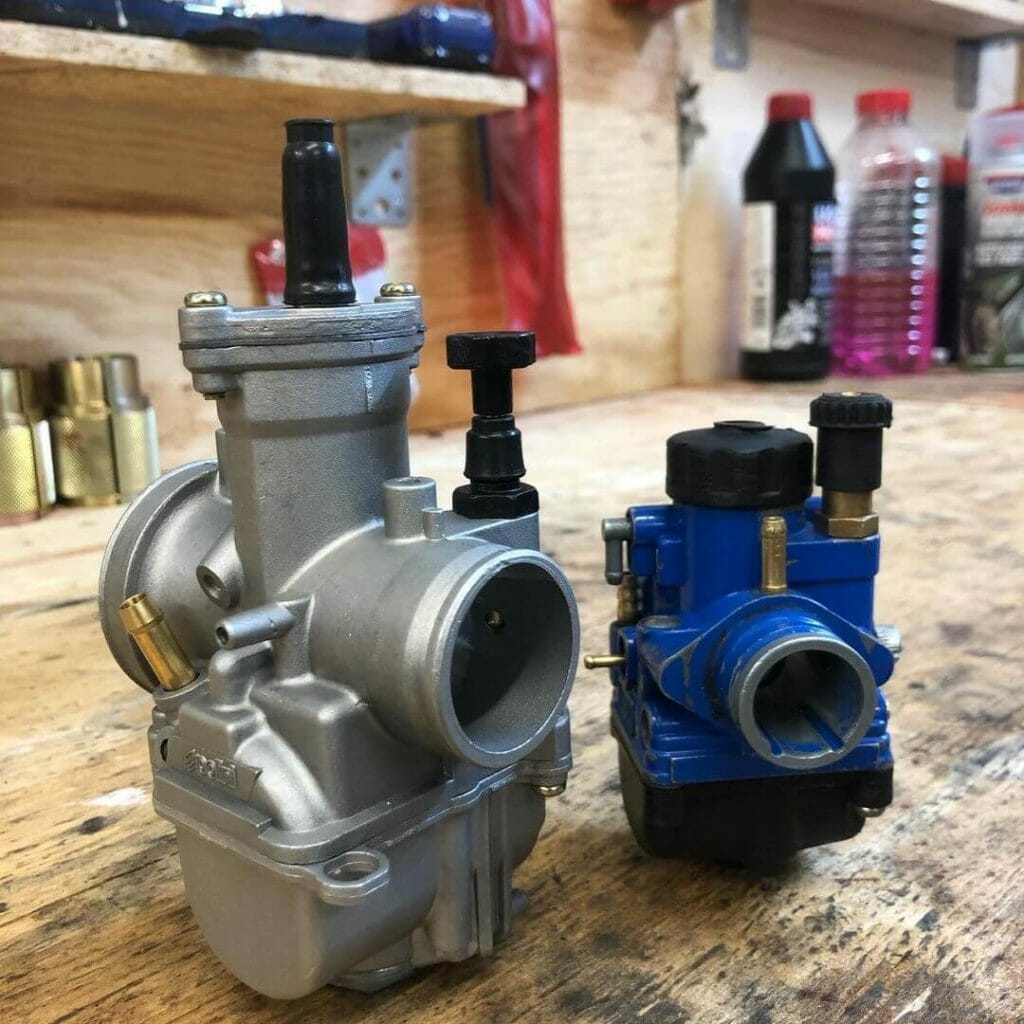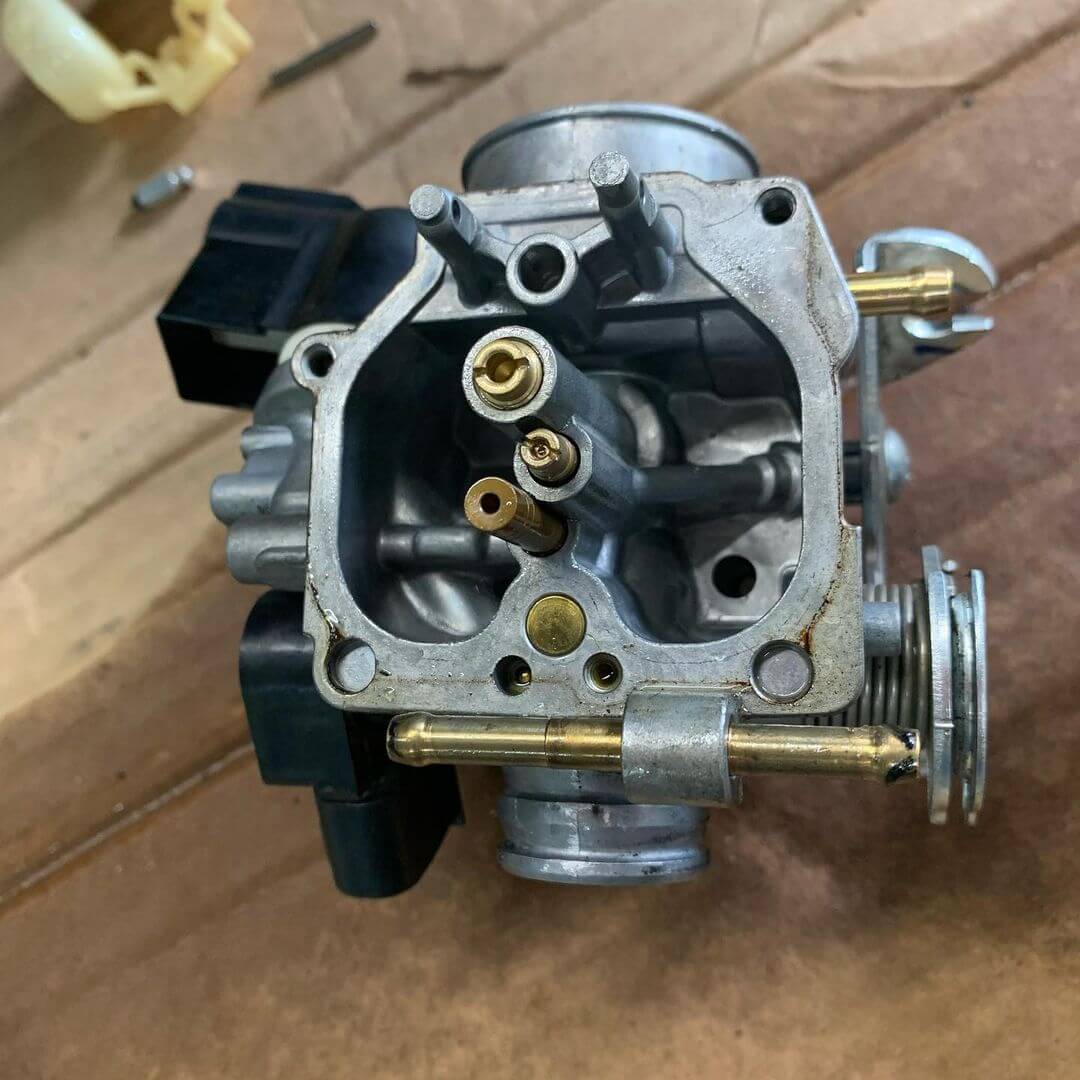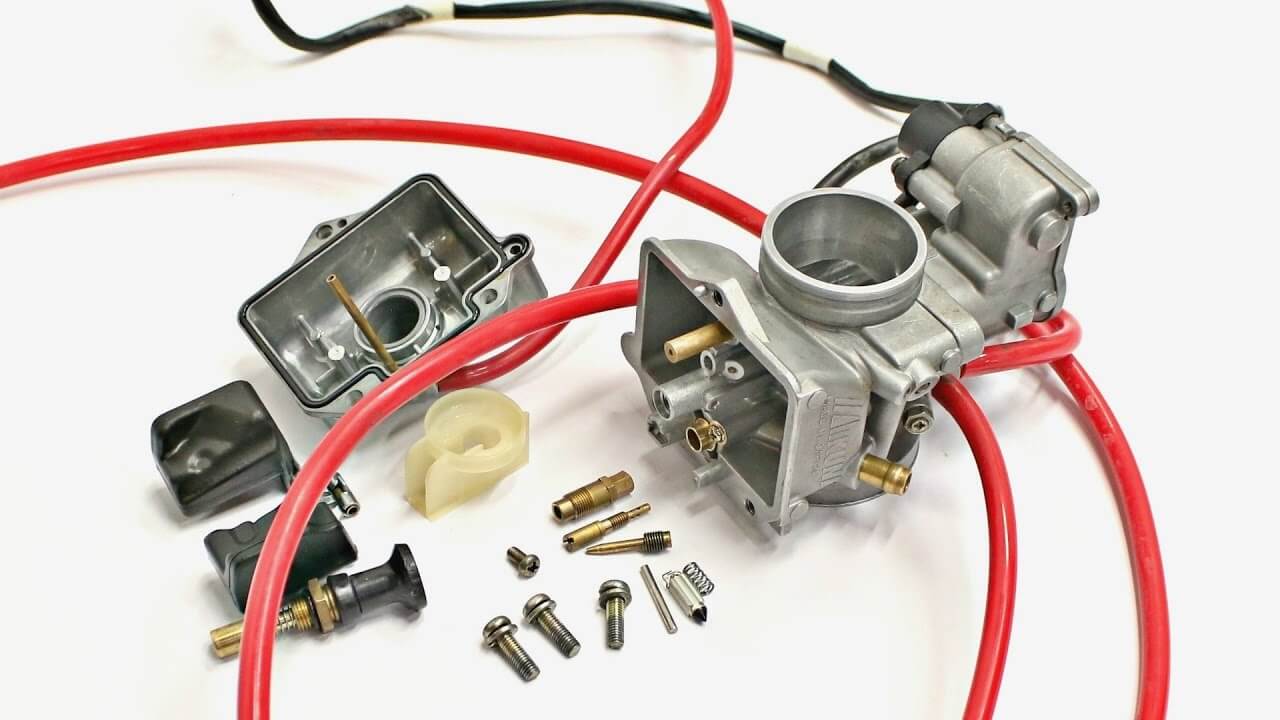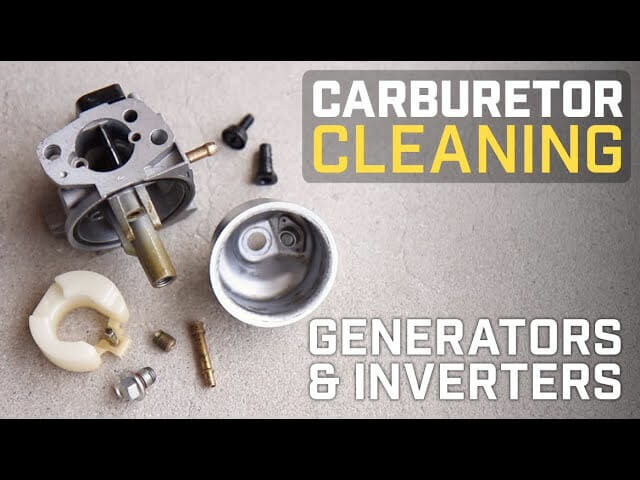How to Clean a Generator Carburetor Without Removing It
In order for any portable or home standby generator to operate efficiently, they will require regular routine maintenance, particularly because they are typically not used that often.
If your generator doesn’t start when first attempting to use it after a prolonged period of time, the carburetor could be the cause of temporary power problems.
However, removing and cleaning a carburetor can be a challenging task, because there are lots of small parts that need to be removed, cleaned, and then replaced in precisely the same way.
For the inexperienced, there is a high chance that some small parts will be lost, or that you won’t remember how they go back together. There must be an easier way.
Why do Carburetors Need Cleaning?
The main reason to clean a carburetor is that today’s ethanol fuels attract moisture. This can lead to corrosion inside the fuel tank and inside the carburetor.
If ethanol fuels are left in the engine too long, they evaporate and leave behind a sticky residue that clogs the carburetor and causes it to work poorly.
To prevent carburetor problems and reduce the frequency of cleaning, here are some things you can do:
Preventing Carburetor Problems
Use a Fuel Stabilizer
Fuel stabilizers help to reduce carburetor problems associated with ethanol fuel, and can also help to clean carbon deposits and improve fuel economy.
Do Not Store the Generator With Fuel in It
During the off-season, wait for the generator to cool down and then empty the fuel tank and the carburetor.
If your carburetor does not have a drain, empty the fuel tank and then run the generator until it’s empty.
Don’t Use Old Fuel
In the best-case scenario, with great gas cans and cool temperatures, fuel will last for up to 12 months.
Hot temperatures decrease the life span of your fuel, while stabilizers increase it. Don’t use old fuel in your generator.
Signs You Need to Clean Your Carburetor
Here are some of the signs that your generator carburetor needs cleaning:
The Generator Won’t Start
If the engine cranks or turns over, but won’t catch and start, it is probably a clogged or dirty carburetor.
The Generator Runs Roughly
If the engine pops or chugs, or produces black smoke, it’s a sign that the fuel is too rich or too lean, both of which are caused by a dirty carburetor.
The Generator is Flooded
A clogged carburetor can cause fuel to overflow out of the carburetor bowl vents, wetting the spark plugs.
To determine if a clogged carburetor is the reason why your generator won’t start, spray some starter fluid directly into the carburetor. If it starts but won’t run, your carburetor needs cleaning.

How to Clean a Generator Carburetor Without Removing It?
Unfortunately, it is almost impossible to effectively clean a carburetor without removing it. Cleaning a carburetor requires completely draining it, checking all the parts, and clearing all the passageways.
Without removing the carburetor, you simply won’t have access to all the parts and areas where residue can build up. If you want to clean a carburetor without removing it, your best bet is to use a carburetor cleaning product designed to remove residue.
You can use a product that is designed to be sprayed into the carburetor, like Gumout, or a product that is designed to be mixed with fuel, like SeaFoam Motor Treatment. For minor carburetor clogging and residue, these kinds of products can be very effective at removing residue, cleaning a carburetor, and improving the generator’s performance.
Depending on the product you choose, always follow the manufacturer’s instructions and use it accordingly. You may try two or three such products to see which works best.
If using cleaning sprays and fuel additives does not work, the best thing to do is to remove the generator carburetor, disassemble it, can clean it thoroughly. You can also hire a small engine mechanic to perform this task for you if necessary.
For an experienced professional, removing and cleaning a carburetor is a simple task that should be very affordably priced.
If you suspect that your generator has carburetor problems, try to clean it and the engine with products and additives that are designed to clean out residue without removing the carburetor.
In Conclusion
Many of these cleaning solutions work extremely well for cleaning your home generator carburetor and may solve your problem for just a few dollars.
If those products don’t work, review your generator’s manual or the manufacturer’s website for instructions on how to remove and clean the carburetor, or hire a small engine mechanic to do it for you.
And remember that stabilizing fuel and storing it properly in the off-season will help to prevent engine and carburetor problems in the future.



